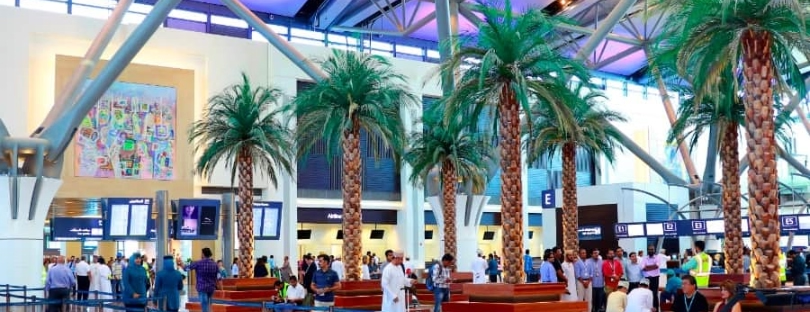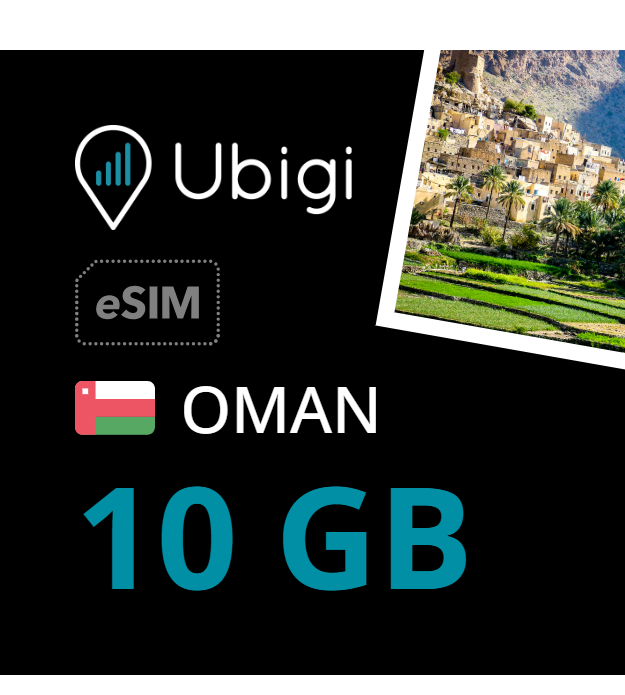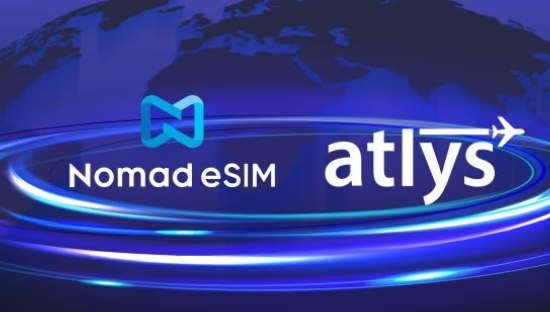
Muscat International Airport launches Wi-Fi 7
Oman Airports has flipped the switch on full Wi-Fi 7 at Muscat International Airport – and they’re not calling it a pilot, a trial, or a “flagship zone”. They’re calling it a world first for an airport operator, done in partnership with Huawei and very deliberately tied to Oman Vision 2040.
For travellers, that sounds like “Ok, my Instagram will finally load at the gate”. But underneath, this is a serious connectivity upgrade that most airports are still a few years away from even planning.
Oman jumps straight to Wi-Fi 7 – and claims a global first
According to Oman Airports, Muscat International Airport is now running next-generation Wi-Fi 7 across key passenger areas – terminals, check-in, departure halls, retail and lounges – with capacity to support more than 40,000 daily passengers.
The roll-out is part of a strategic deal with Huawei to build what the partners describe as the world’s first full-scenario Wi-Fi 7 airport network and “intelligent campus” – essentially a highly instrumented airport where Wi-Fi, sensors, video and AI sit on one integrated digital layer.
If you strip away the big claims, two things are clear:
- Oman is using connectivity as a way to differentiate its main hub in a brutally competitive Gulf aviation market.
- This isn’t just about faster free Wi-Fi for passengers – it’s infrastructure for how the airport will run over the next decade.
What Wi-Fi 7 actually means for your airport experience
Wi-Fi 7 (IEEE 802.11be) is the new Wi-Fi standard that was only finalised in mid-2025. It’s designed for exactly the kind of high-density, high-interference environment you find at a big airport.
Compared with Wi-Fi 6/6E, Wi-Fi 7 brings:
Key upgrades passengers will notice
- Much higher peak speeds
The standard supports theoretical speeds up to 46 Gbps—around five times more than Wi-Fi 6.
In real life, that translates into gigabit-class Wi-Fi on compatible devices and far less “everyone’s on Netflix, so nothing loads” during rush hour. - Better performance when it’s crowded
Features like Multi-Link Operation (MLO) let devices use 2.4, 5 and 6 GHz bands at the same time, dynamically hopping between them to avoid congestion. That’s exactly the scenario at Muscat, where tens of thousands of devices are competing for airspace at once. - Lower latency for “real-time” stuff
Wi-Fi 7 is built to deliver dramatically lower latency than Wi-Fi 6—useful not just for gamers but for cloud apps, video calls, AR wayfinding and any time-sensitive airport systems that rely on wireless. - Stronger security by default
Modern Wi-Fi 7 deployments lean on WPA3 and newer encryption models; Huawei also layers in its own MAC randomisation and AI-driven management. That matters when you’re moving payments, biometrics, and operational data over the same network as a few thousand TikTok uploads.
For passengers, the visible part will be simple: the airport Wi-Fi actually feels like your home fibre – even in the check-in hall when three wide-bodies have just landed.
A showcase for Oman Vision 2040, not just a tech upgrade
It’s no coincidence that every official communication about the project name-checks Oman Vision 2040. Local media and partners repeatedly frame the Wi-Fi 7 roll-out as part of a broader digital transformation programme: smart security, modern visual systems and AI-driven airport operations.
From Huawei’s side, Muscat is being positioned as an “intelligent campus showcase”—a reference site for what the company wants to sell to other airports, hotels, and large venues: unified campus networks, video + AI, and Wi-Fi 7 as the wireless spine.
For Oman, that’s actually a smart trade:
- They get early access to bleeding-edge infrastructure and ongoing vendor attention.
- They can use Muscat as proof that Vision 2040 is not just policy slides—it shows up in the way people move through the airport every day.
How Muscat compares with other ‘smart’ hubs
Airports have been in an arms race over connectivity for years – but most of the noise has been around 5G and private networks rather than Wi-Fi 7.
- In the UAE, Sharjah International Airport just became the first airport in the country to deploy an advanced indoor 5G+ network with operator du, promising higher speeds, lower latency, and support for AR wayfinding and smart services.
- Globally, plenty of hubs have upgraded to Wi-Fi 6 or 6E and layered private 5G on top for operations, but commercial Wi-Fi 7 at full-airport scale is still rare enough that industry coverage is treating Muscat as a genuine first.
The interesting part is the strategic choice:
- Sharjah is leaning hard into 5G+ as its next-gen connectivity story.
- Oman is going equally hard on Wi-Fi 7 as the main digital backbone, with Huawei positioning it as a reference architecture for smart campuses.
Both approaches are valid; they just solve slightly different problems. 5G/5G+ is brilliant for mobility, vehicles, airside operations, and wide outdoor coverage. Wi-Fi 7 is ideal for dense indoor environments where you control the infrastructure—terminals, lounges, retail and back-office spaces. The most advanced airports will ultimately run both and use whichever makes sense per use case.
From an industry-trend perspective, Muscat is important because it shows that Wi-Fi 7 is no longer a “coming soon” technology in whitepapers – it’s being deployed, at scale, in one of the harshest possible testbeds: a busy international hub. That will be watched closely by other airport operators, systems integrators and regulators.
Conclusion: Oman just moved the goalposts for airport connectivity
If you zoom out, Oman Airports’ Wi-Fi 7 launch isn’t just a nice headline about fast airport Wi-Fi. It’s a signal that the connectivity benchmark for “smart airports” has shifted again—from “we have Wi-Fi” to “we can run real-time, data-heavy, AI-driven operations over a wireless fabric and keep 40,000+ people online without the network collapsing”.
Compared with peers, Muscat now sits in a small group of airports using genuinely next-generation tech as a competitive weapon. Sharjah’s 5G+ deployment shows one path: telco-led private networks and 5G-Advanced services. Oman’s choice to let Wi-Fi 7 carry so much of the digital load, tied directly to Vision 2040 and wrapped in Huawei’s “intelligent campus” story, is another.
For other airport and tourism authorities—especially in markets trying to reposition themselves as digital gateways—this is the real takeaway:
- The bar has been raised. “Free Wi-Fi” is no longer a differentiator; the question is whether your network can handle biometrics, e-gates, AR navigation, live language assistance, streaming-heavy travellers and AI ops on the same fabric.
- Vendor-driven showcases are here to stay. Huawei in Oman, du in Sharjah, and others globally are turning airports into shop windows for their campus and 5G portfolios. That can be a shortcut to innovation—but it also locks in long-term technology direction.
- Connectivity is now an infrastructure decision, not a marketing line. What Oman just built will shape airline operations, retail, security and passenger expectations for years, not just this holiday season.
So yes, your Muscat layover is about to get a lot more pleasant online. But for the industry, this move is a quiet line in the sand: the next aviation tech race won’t just be about fleet renewals and new lounges – it will be about who can turn their airport into a truly intelligent, high-throughput digital campus first.












